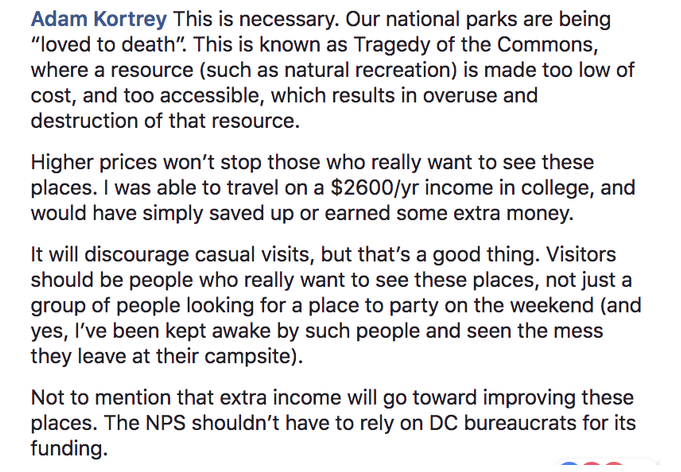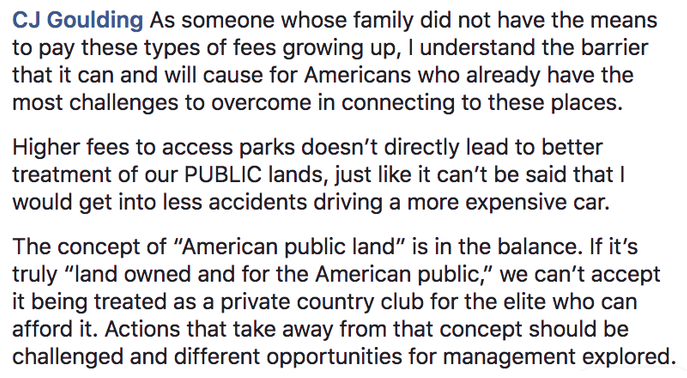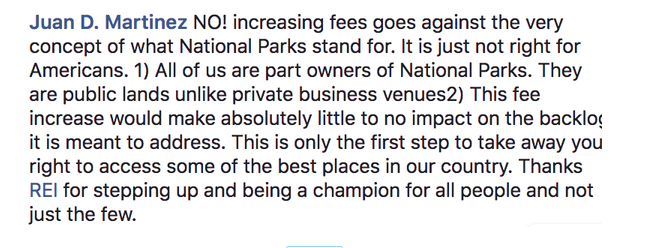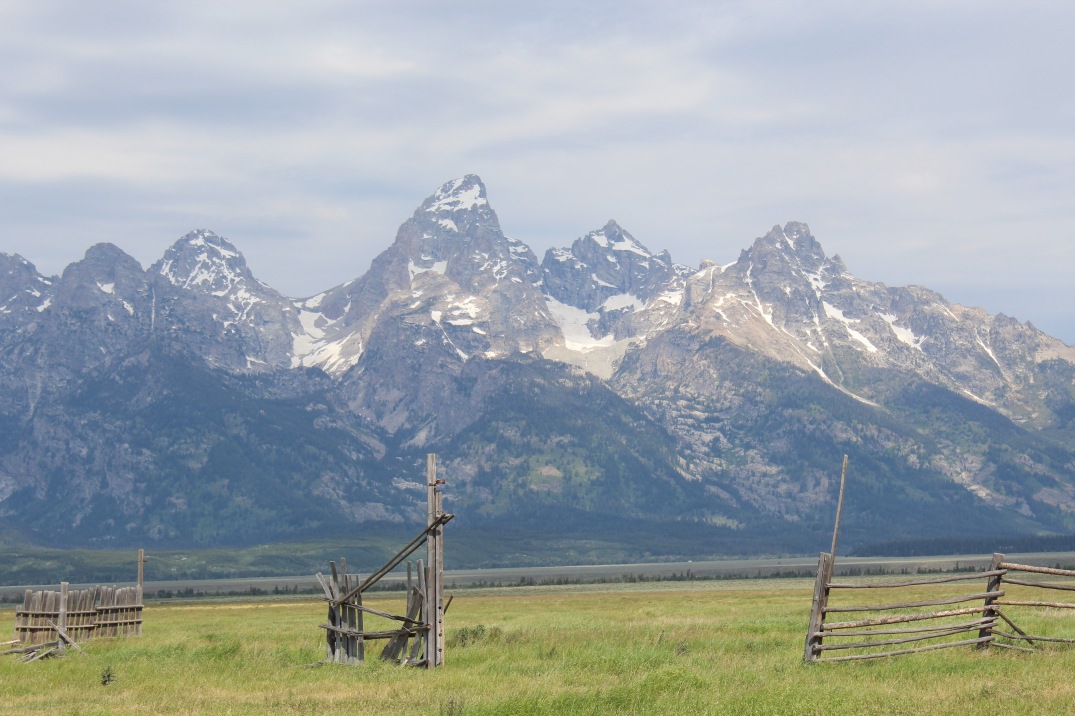The first National Park in the United States and the world celebrated its 146th birthday on March 1, 2018.
Resting on top of an active volcano, Yellowstone National Park has grown in many ways other than years since 1872.
Covering 3,472 square miles, home to 10,000 hydrothermal features, 500 active geysers, and 290 waterfalls, Yellowstone brings in millions from all over the world to visit its wonders.
Ever since the first visitor, Yellowstone has had a steady incline of visitors each year. In the last recorded year, according to the Yellowstone National Park visitation statistics, in 2017 4,116,525 people visited Yellowstone.
This growth is seen by looking 10 years prior in 2007 where the number of visitors was 3,151,343 people.
Since 2008 visitation at Yellowstone National Park has increased by 40 percent, according to the Yellowstone Insider.
This makes 2017 the second busiest year in Yellowstone history.
Although, due to this increase in visitation road systems have been poor and overcrowding is having an effect on the land.
Superintendent of Yellowstone, Dan Wenk, said in a press release that, “in order to make informed decisions about visitation we will gather visitor information in 2018 and 2019.”
Because of this increase in visitors to national parks, there have been suggestions of raising entrance fees during the “peak seasons” for 17 National Parks. Yellowstone National Park is listed to see an increase in the park entrance fee.
The current fee for a seven-day pass to Yellowstone is $30 per car. The proposed fee would be $70 per car.
Ryan Zinke, United States Interior Secretary, said that it is necessary to increase the entrance fee to national parks.
“The infrastructure of our national parks is aging and in need of renovation and restoration,” Zink said.
REI, a recreation gear company, opened a Facebook discussion on the proposed fee increase. There were many who agreed with Zinke on the park increase.


Although, not everyone is on board with this fee increase.


There has yet to be any decision made on the entrance fees for national parks. Currently, all prices remain the same as previous years of $30 for a single car.
In addition, to help accommodate an increase in visitors, the National Park Service is offering the option to purchase park passes digitally.
This new system is called “Your Pass Now”. You can go to whichever National Park you want to buy a pass for and fill out the pass and visitor info.
This offer also allows pass purchasers to buy the pass however far in advance they would like.
The park has approximately 1,000 miles of hiking trails, nine visitor centers/museums, more than 1,800 archeological sites and 52 picnic areas, according to nps.gov.
Even with the increase in visitation and the possibility of an increase in entrance fees, Yellowstone National Park offers different opportunities for each person who visits.
